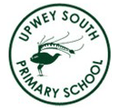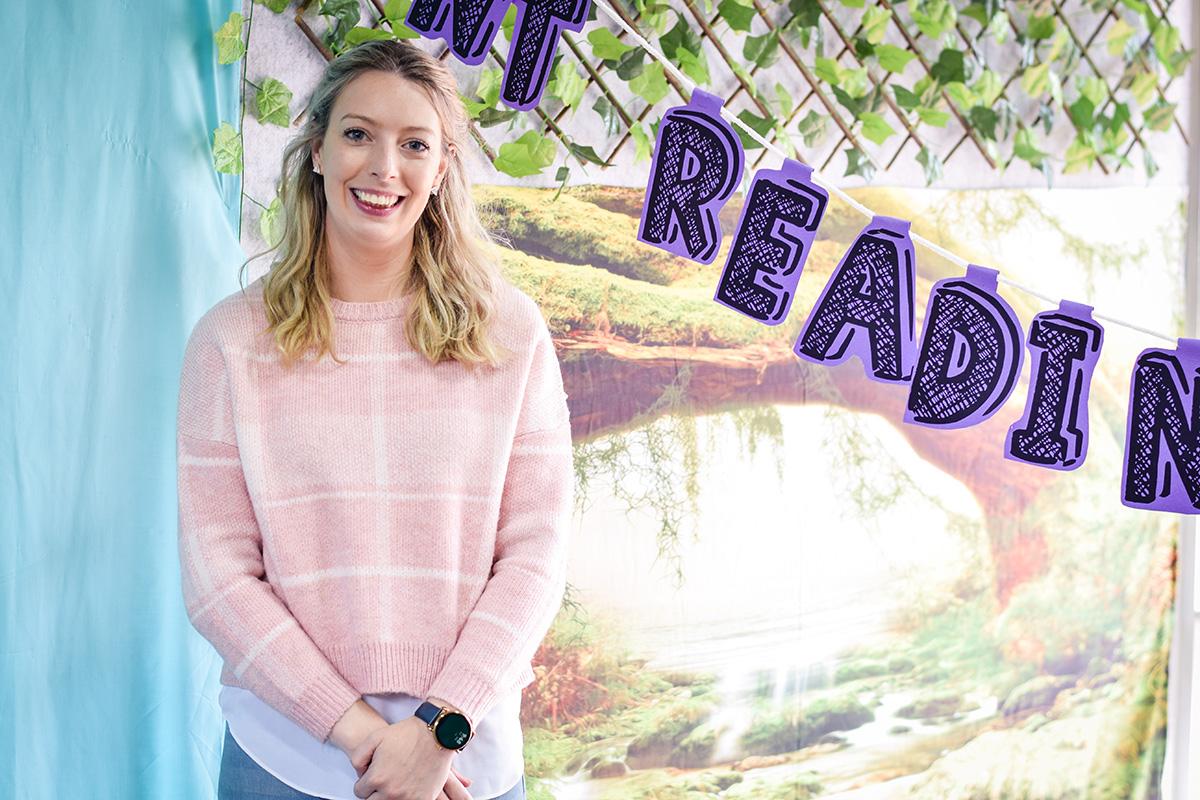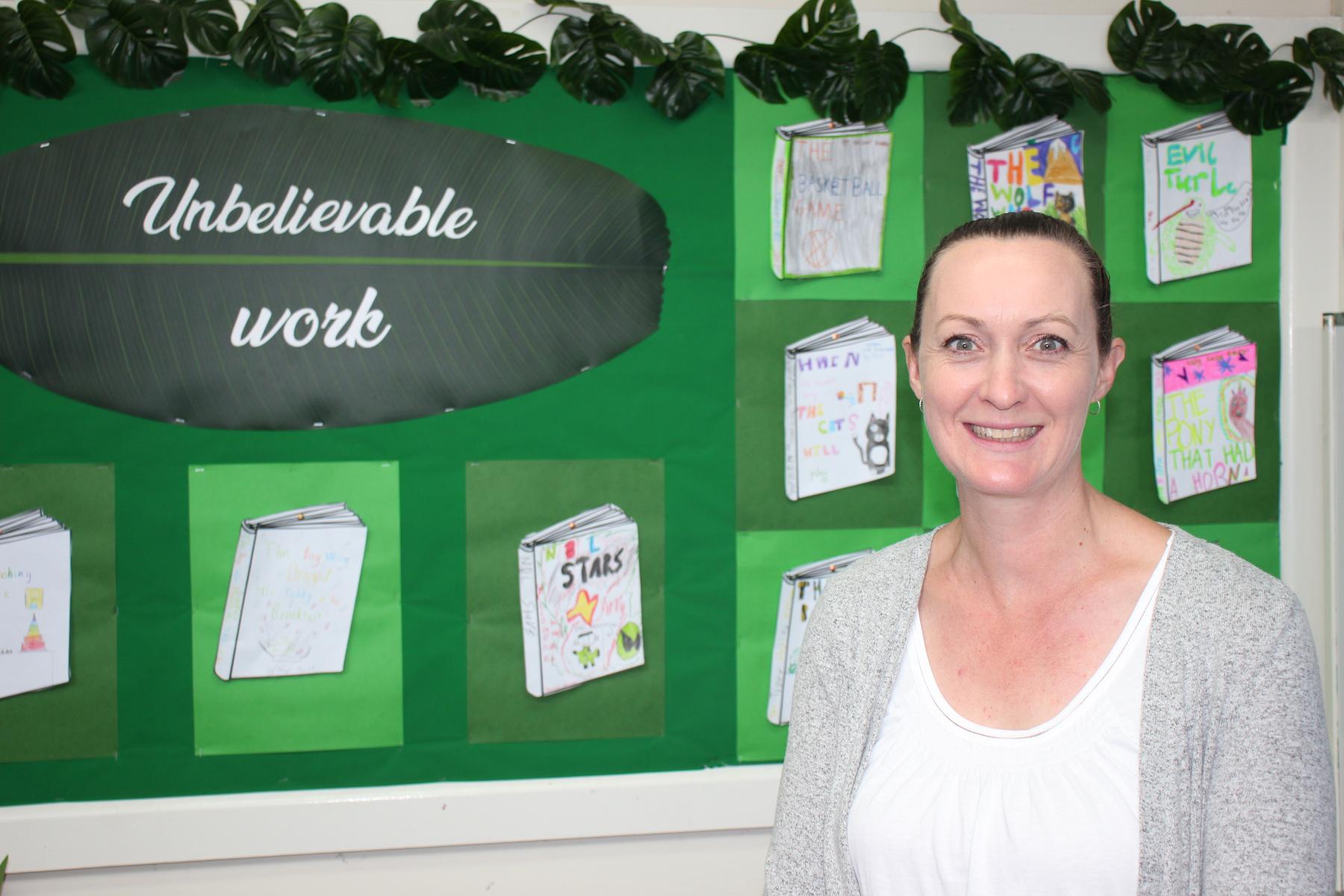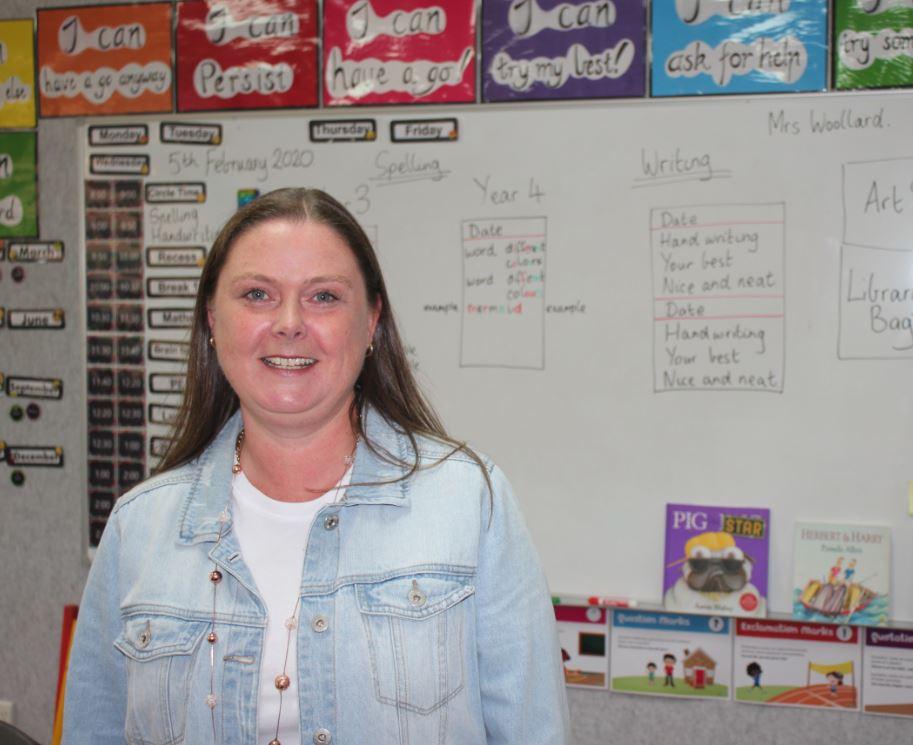Year Three/ Four
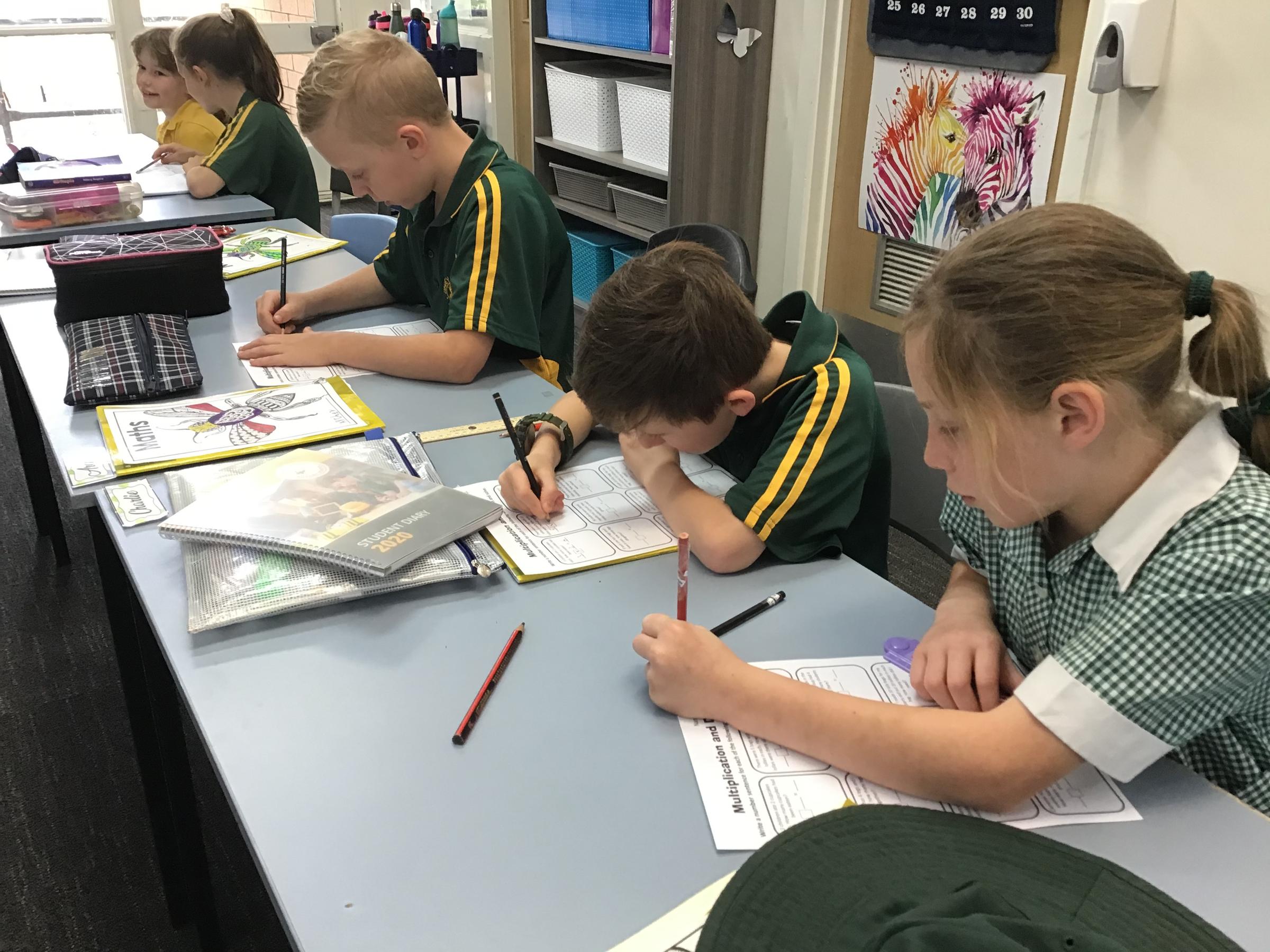
Communicating with the Year Three/Four Team
We look forward to partnering with you in 2020, and welcome your input:
Mel Rowe (Class 34A) rowe.melinda.j@edumail.vic.gov.au
Meghan Henchley (Class 34B) Henchley.Meghan.M@edumail.vic.gov.au
Melissa Woollard (Class 34C) woollard.melissa.j@edumail.vic.gov.au
An Overview of our Learning
What have we been covering in Mathematics this term, and why?
During this term, in Year Three and Year Four we have covered topics from the strand Number and Algebra. Our emphasis has been upon Number and Place Value, as well as Fractions. Building an awareness of numbers which are smaller and larger than one unit (1), gives the students a whole-part-whole foundation to their mathematical understanding. This knowledge can then be transferred to other areas of Mathematics.
Number and Algebra
In Year Three, students count and order numbers to and from 10 000. They recognise the connection between addition and subtraction and recall addition and multiplication facts for single-digit numbers. Students model and represent unit fractions for halves, thirds, quarters, fifths and eighths, and multiples of these up to one. They classify numbers as either odd or even, continue number patterns involving addition or subtraction, and explore simple number sequences based on multiples.
In Year 4, students recall multiplication facts to 10 x 10 and related division facts. They choose appropriate strategies for calculations involving multiplication and division. They locate familiar fractions on a number line, recognise common equivalent fractions in familiar contexts and make connections between fractions and decimal notations up to two decimal places. Students identify unknown quantities in number sentences. They use the properties of odd and even numbers and describe number patterns resulting from multiplication. Students continue number sequences involving multiples of single-digit numbers and unit fractions, and locate them on a number line.
How have concepts been delivered?
Through investigative tasks and hands-on activities we have been able to teach the concepts within the curriculum. In the Year Three/Four classrooms we have been utilising Essential Assessment to collect relevant data on each student. Based on this information we have planned to teach at the point of need for each student whilst covering the underlying proficiencies. Students have participated in individual, partner and small group work as well as games, to enhance their learning experience in Mathematics.
What are the underlying proficiencies which we have been focussing upon?
The proficiencies of Understanding, Fluency, Problem Solving, and Reasoning are fundamental to learning mathematics. They are applied across all three strands Number and Algebra, Measurement and Geometry, and Statistics and Probability.
This term, in the Year Three/ Four classrooms we have focused on the proficiencies of Understanding and Fluency.
Understanding refers to students building a robust knowledge of adaptable and transferable mathematical concepts and structures. Students make connections between related concepts and progressively apply the familiar to develop new ideas. They develop an understanding of the relationship between the ‘why’ and the ‘how’ of mathematics. An example of Understanding is when a student is able to transfer their understanding of fractions to telling the time to the quarter hour.
Fluency describes students developing skills in choosing appropriate procedures, carrying out procedures flexibly, accurately, efficiently and appropriately, and recalling factual knowledge and concepts readily. An example of this is our regular Times Tables Challenge. Students have the task to solve 50 multiplication sums within a set time frame.
